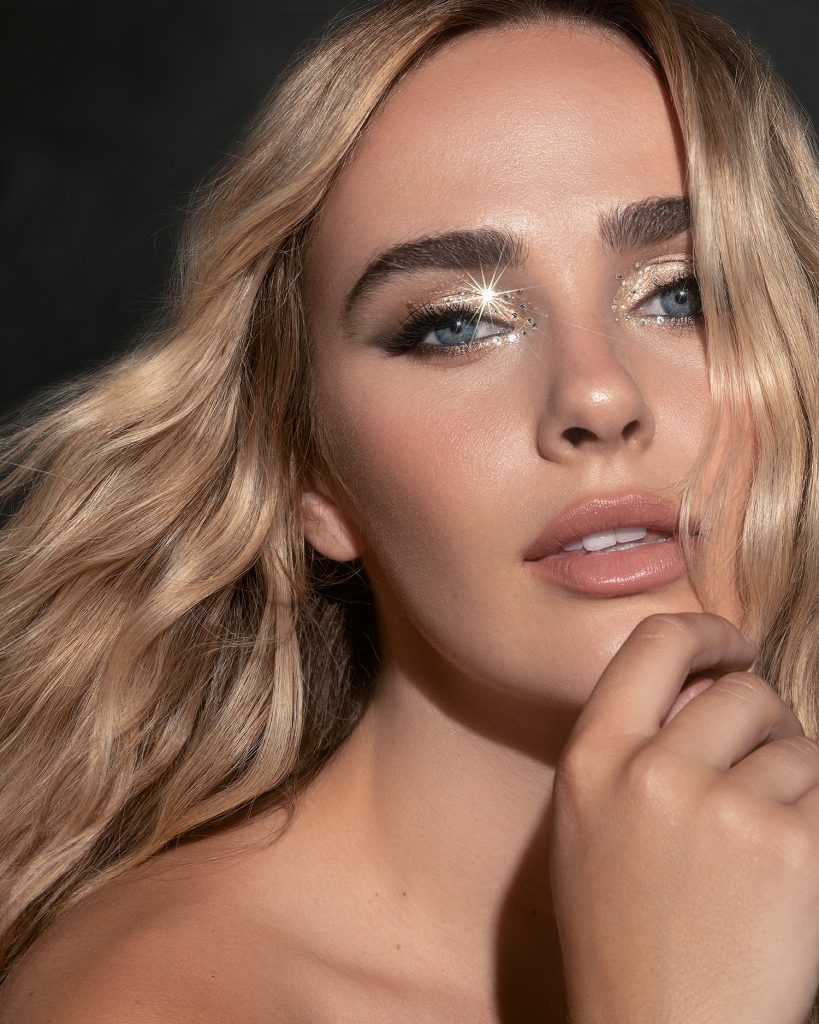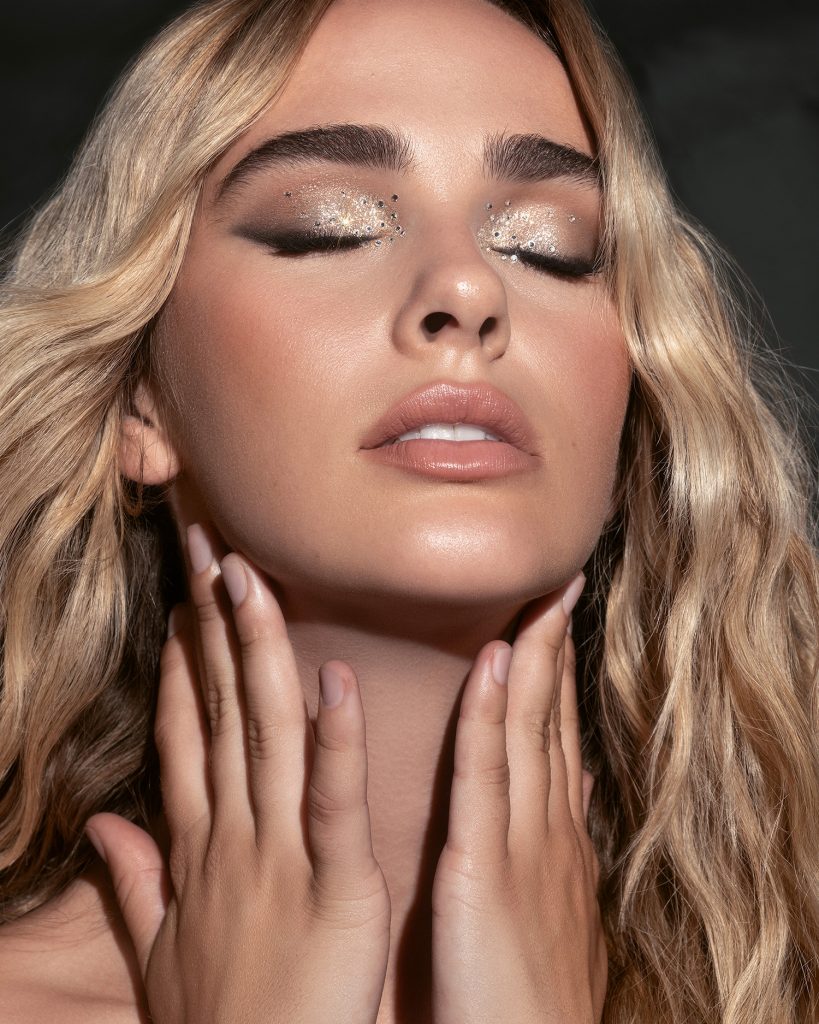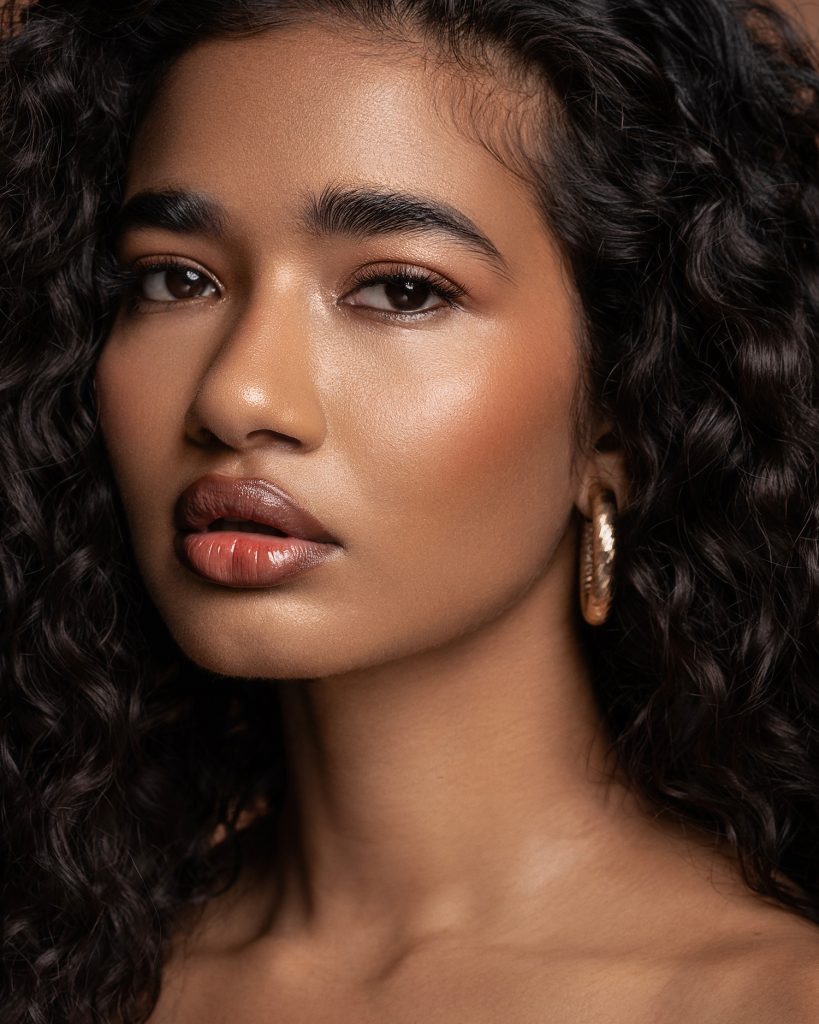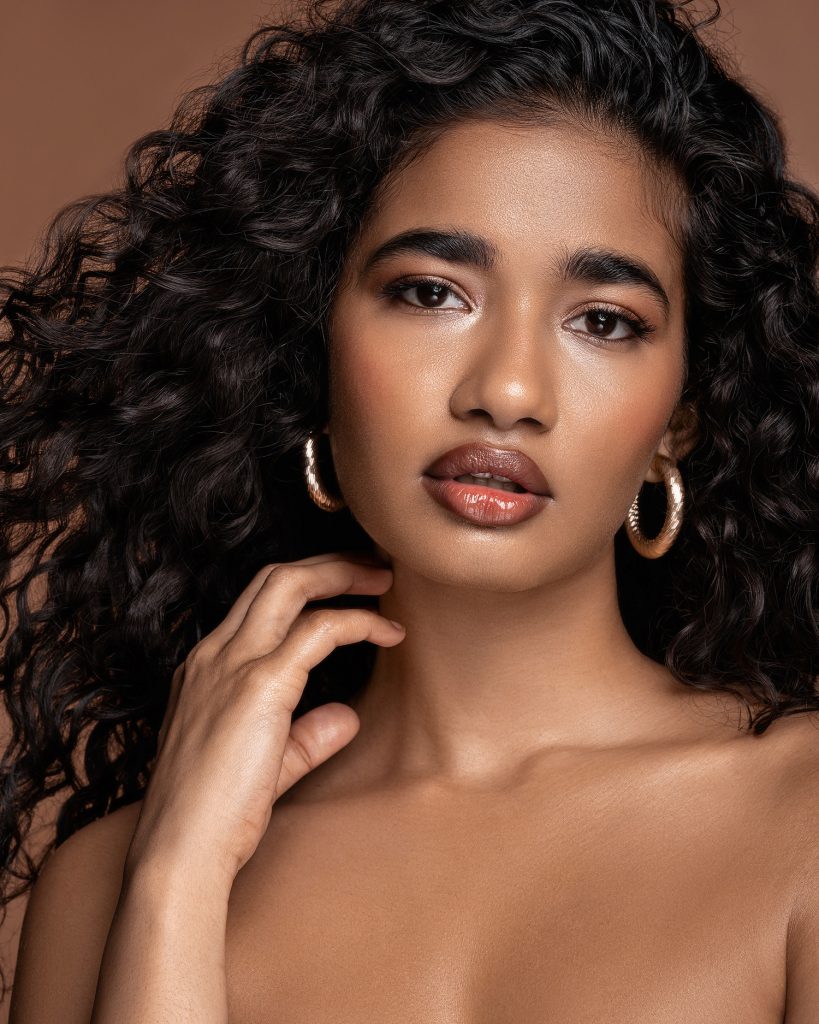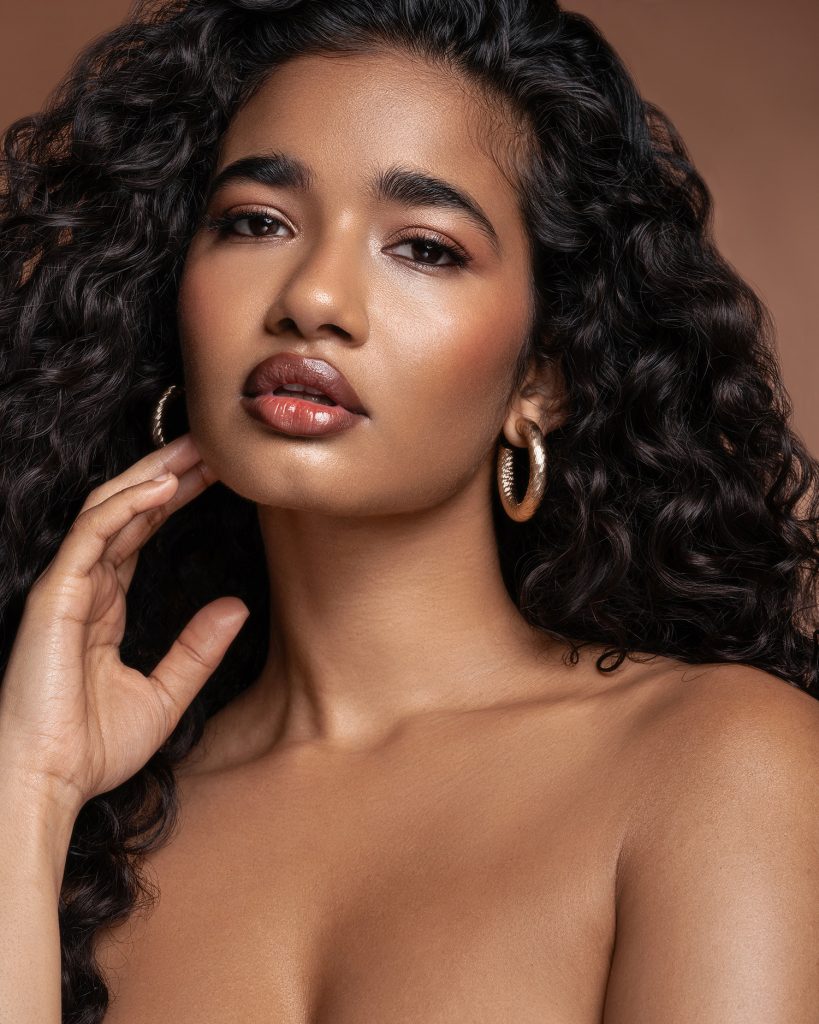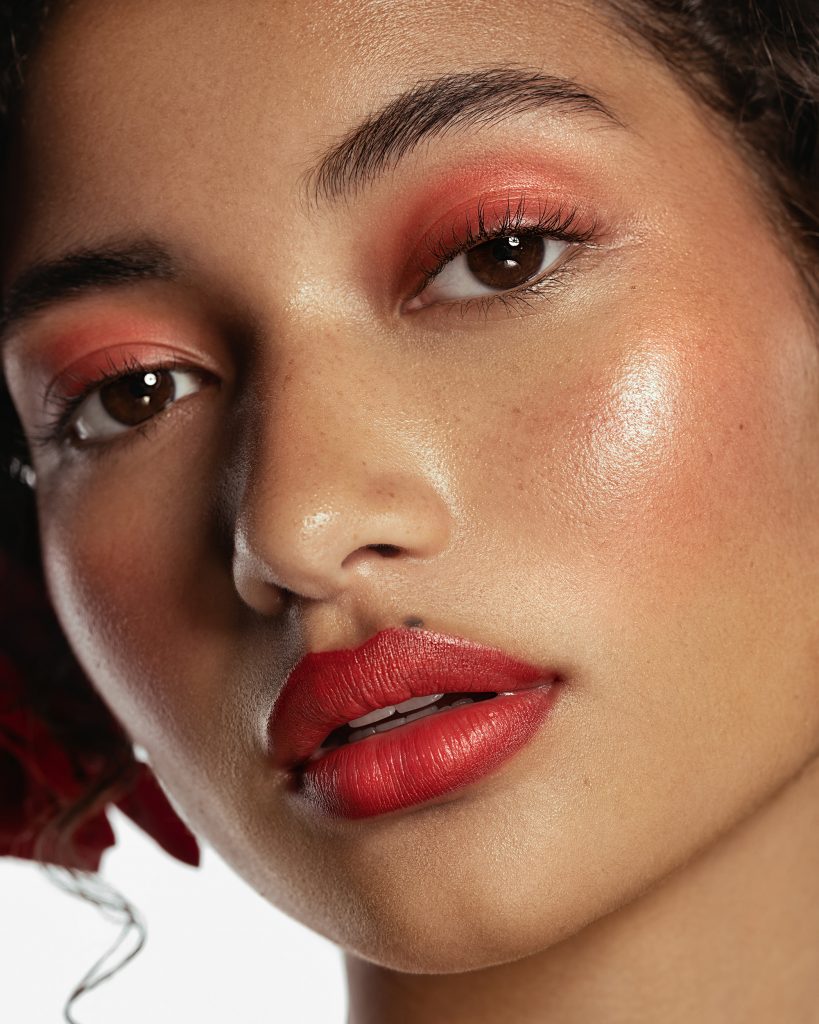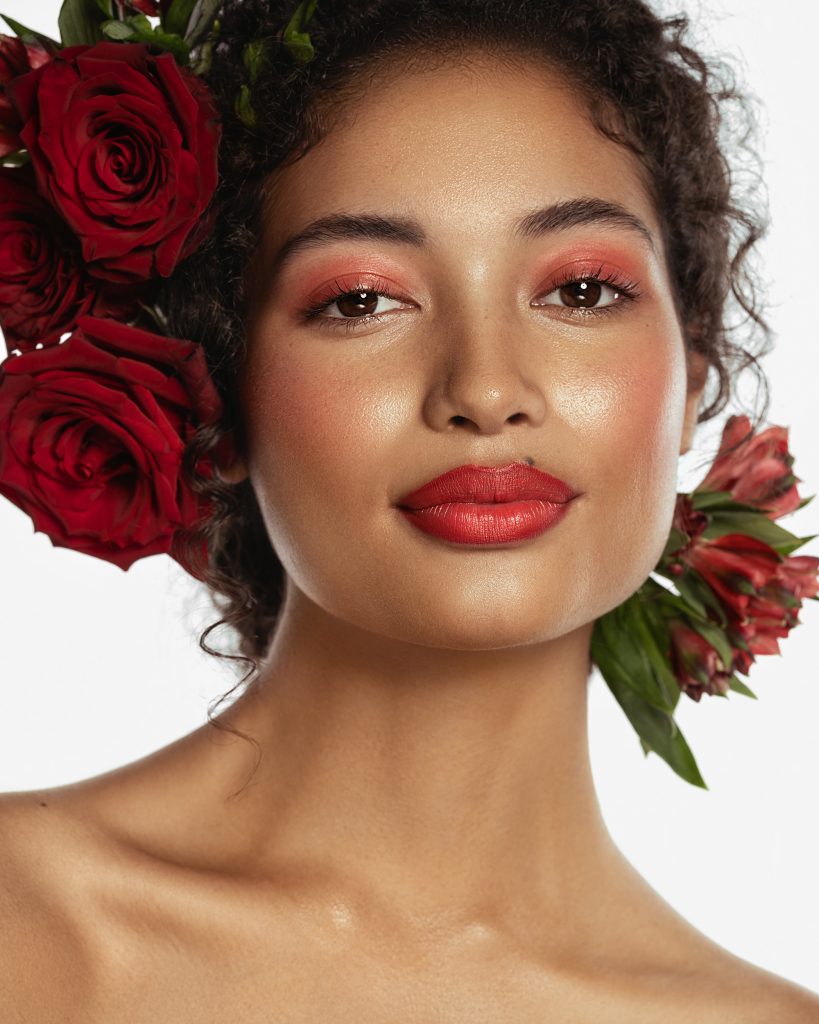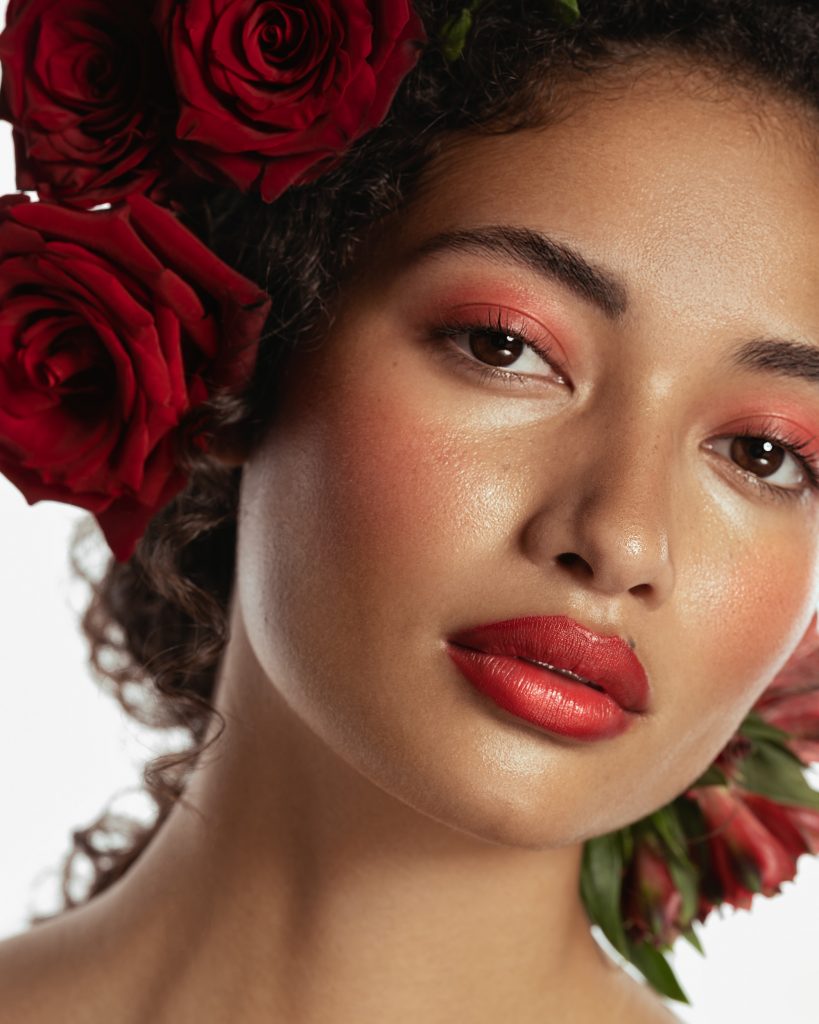Other
Which Social Media Should You Use to Promote Your Photo Work in 2023?
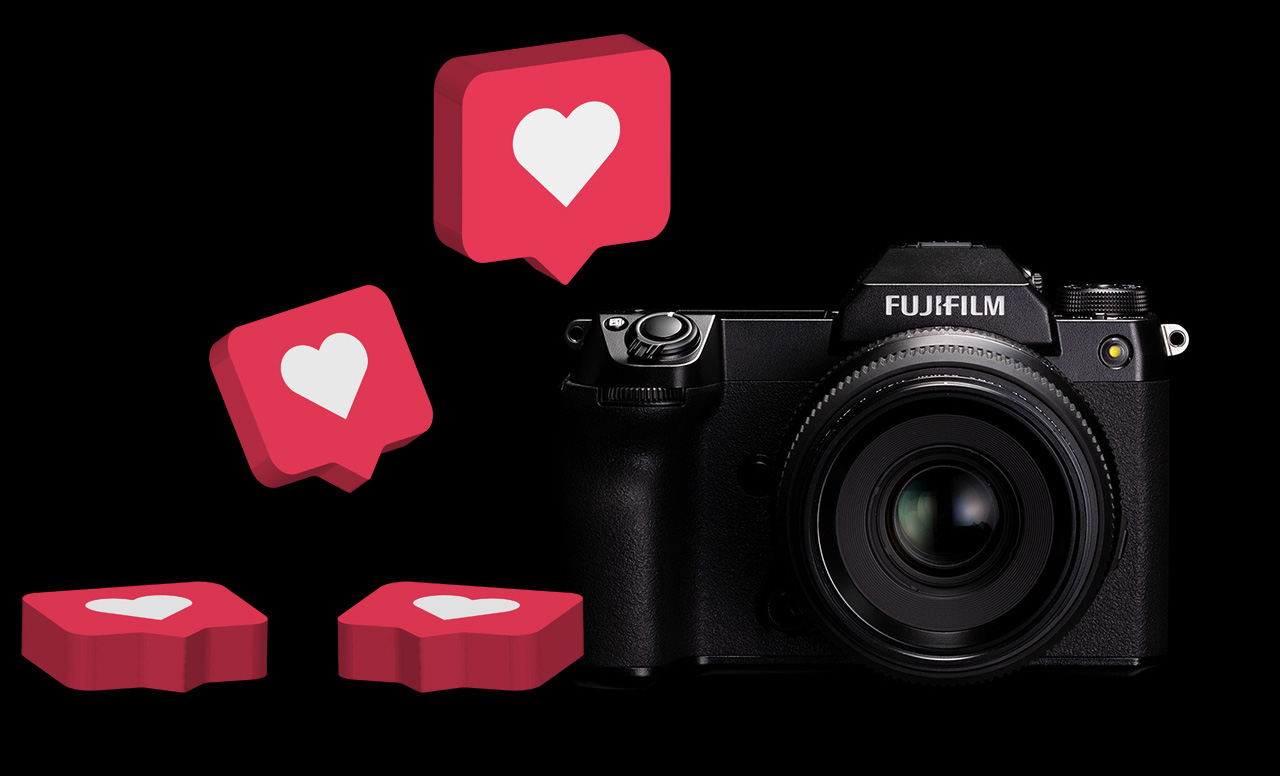
As social media platforms like Instagram, Facebook, and TikTok all drive their focus to short-form video, it’s pretty easy to conclude that it’s a good time to be a videographer. But two of those three social media platforms were once heavily focused on photography, so where do photographers go to promote their work in the modern era? Well as a commercial photographer in a major market, I found this to be a question that I asked myself a lot over the course of the last two years, and figured it was time to share my thoughts and conclusions with the readers here at Lensrentals.
In this article, which is admittingly quite a bit different than most articles we write here, I will perform a test on my own social media accounts to determine where my interaction is. I’ve also gone through and looked at my previous interaction over the course of the last two years and have made note of any fall-off that it’s received. Of the social media accounts that I figured were worth testing, I chose Instagram, Facebook, X (formally Twitter), Threads, and Behance. Depending on the work that you do, each one of these platforms may serve a different purpose for you, or no purpose at all. I’ve also gone through in spoke with friends in the photography world that are in different markets, both geographically and in their style. They were able to provide me with their insight, which I will have quoted throughout this article. To get started, let’s talk about each of the five social media platforms I will be testing.

Of the several social media platforms I’ve tested in this experiment, Instagram has always been by and large the place where I’ve promoted my work the most. However, in the last two years or so, I have seen a pretty dramatic fall off in interactions regarding anything posted in my feed, a common place for most photographers on the platform. My personal fall has been about 96% of the falloff rate compared to where it was two years ago. That means, on average I’m getting 96% fewer likes, and fewer comments based on my follower number. Years ago, I wrote an article about how to detect if somebody had bought followers using a number of shady services available at the time. You could detect this because the average interaction for every account was about 10-15% of their total followers – back when an algorithm was far less complex. Now, in an effort to better commercialize Instagram, most accounts will see interaction from about 1-2% of your total follower count.
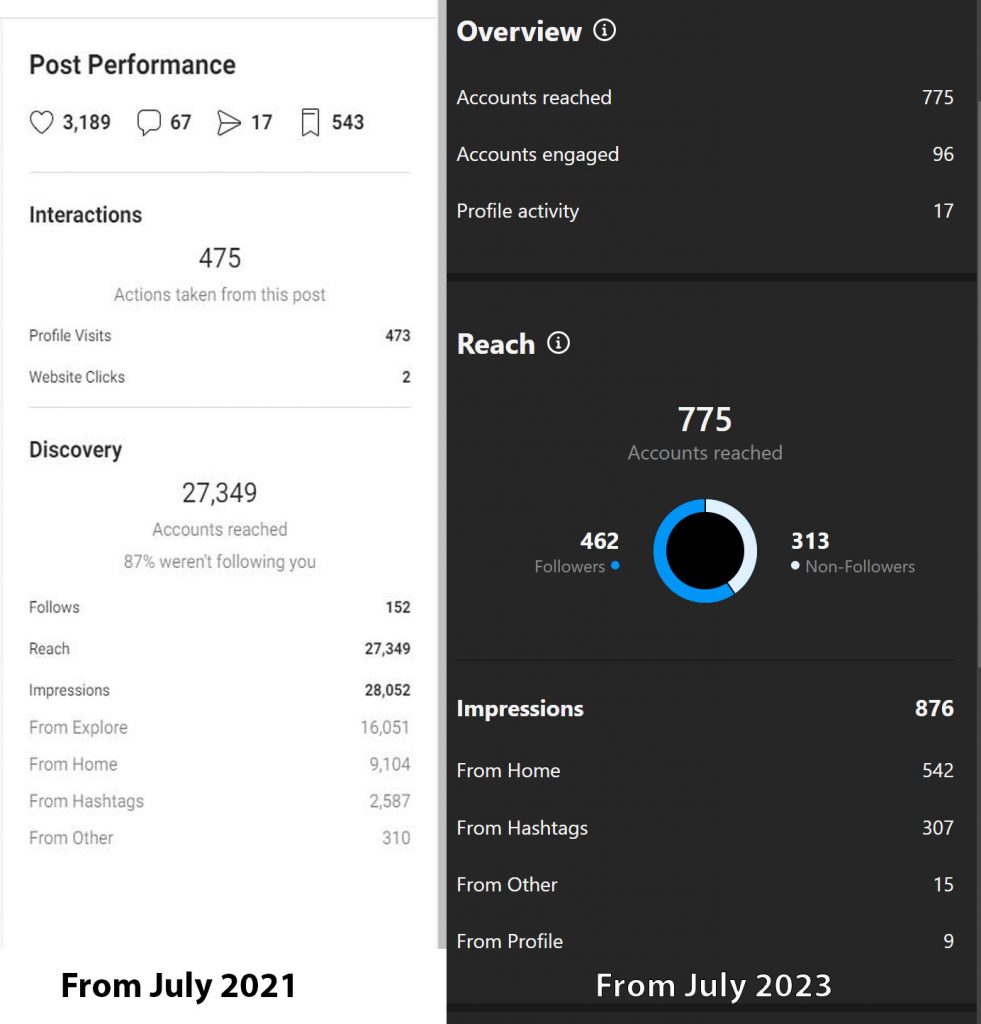
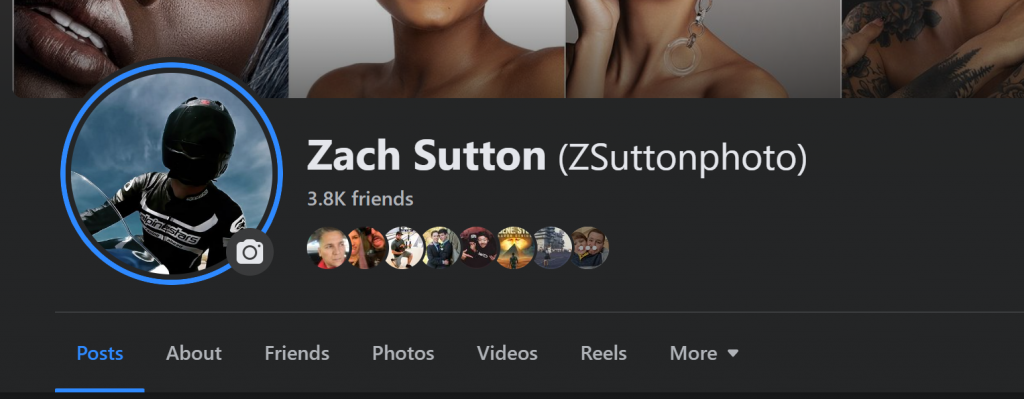
Of the social media platforms that I’m testing, surely Facebook is the one I’ve been on the longest. While my friend list on Facebook is way more diverse than what’s on my Instagram business page, including friends, family, photographers, random people I went to college with, and more, it generally gets pretty good feedback when I do post work. That said, I post my work on my personal Facebook account rather than a business page, as I get far more interaction on my personal account than I do on a business page.
X (formally Twitter)
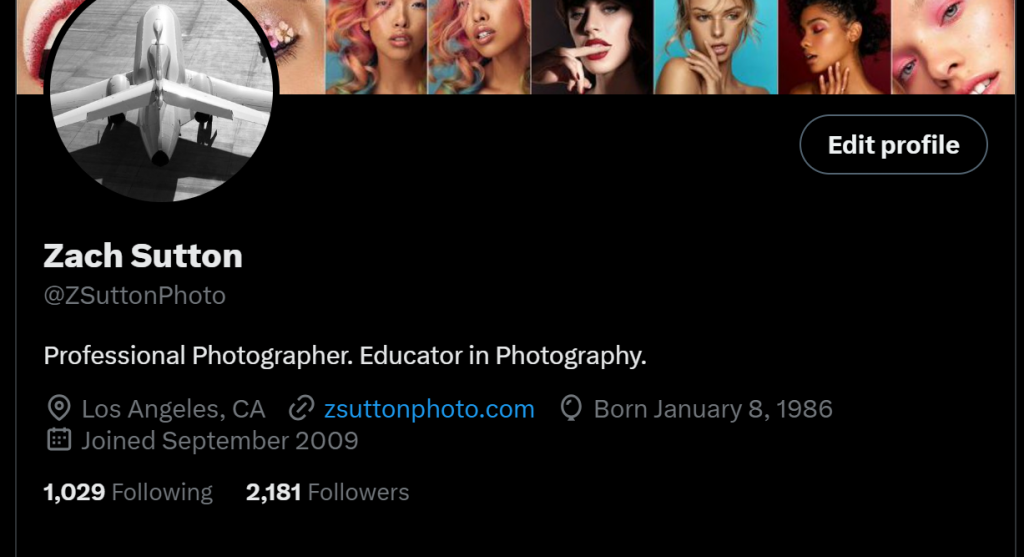
X, or what I will likely be referring to his Twitter throughout the remainder of this article is the social media platform that I have personally had a lot of fall off with over the last year or so. While I rarely posted any work there, it was once a place where I used to get quite a bit of interaction in feedback on topics related to my work. However, with the severe identity crisis that it has been facing, many of the followers that I once interacted with on Twitter have moved on to other platforms. I fully expect little to no interaction on Twitter at this point.
Threads

As Meta’s competitor to Twitter, Threads was developed and released about a month ago and generated quite a bit of excitement from those who signed up. Using your own Instagram profile, threads made it really convenient to gain your followers quickly, as many of your followers transferred over to the new platform. When Threads was released a few weeks ago, there was a lot of hype surrounding it, but I’ve admittedly seen a pretty dramatic fall off, to what I could only assume is the general populous’ social media exhaustion.
Behance
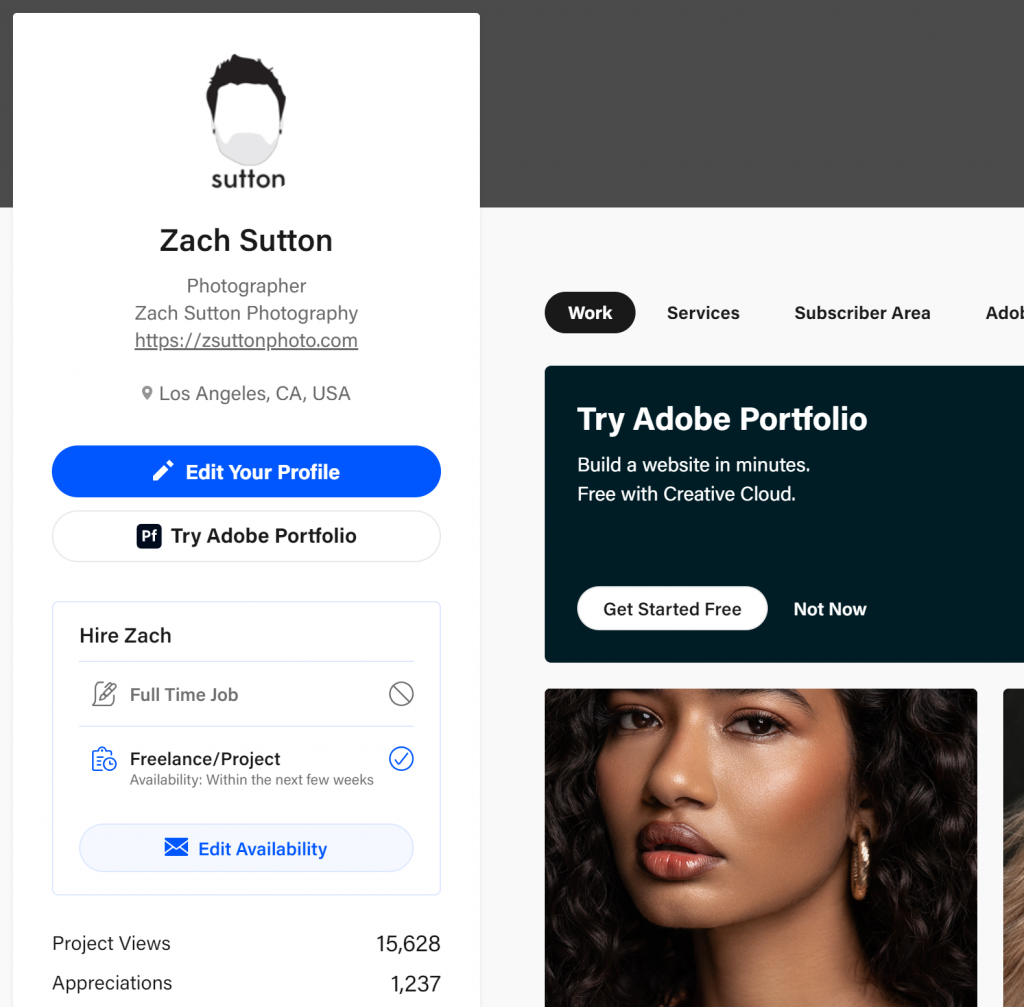
Finally, we have Behance – Adobe’s platform for both inspirations as well as portfolio work designed for a pretty large multitude of different artistic styles and mediums. I’ve always heard good things about Behance, And I’ve used it before when doing graphic design and searching for inspiration for various styles. And while I posted work on Behance over the last couple of years in an attempt to generate more clients, it’s not a platform that I’ve actively used. That said, I generally keep my Behance updated as a rotating portfolio, as it is a medium made up of creatives.
Testing The Platforms
To test which platform has the best interactions, I decided I would post the exact same images on all five of the platforms at the same time, and track the results from each. There are obviously a large number of variables that go into something like this, so I developed the following rules for my testing —
- I’ll have the same caption across all platforms.
- I’ll respond to all comments individually, except for the obvious spam comments.
- I’ll track the data over 12 hours, 24 hours, and 36 hours.
- I’ll post at the recommended time the Meta Creator Suite recommends as high-traffic times.
Of the images I’ll be using for this test, I’ll be posting recent work in my beauty photography space with three different image sets. In each of the three posts I’ll be testing, I’ll be posting 3 different images from the set, as that has yielded the best results for me in the past. Below are the three sets of images I’ll be posting.
Lyzy
Naisha
Athena
The Results
In the week that I tested this strategy, I found Twitter to have almost zero interaction as a whole, and Threads was only marginally better. While Facebook and Instagram had slightly better interaction, their numbers were still in the single percentage point or less of those who follow my work. These numbers are pretty bad compared to what most people were getting a few years ago. Is this a result of the algorithm change promoting videos over photos, or is this a result of social media exhaustion for a lot of people? I’m not entirely sure, but if you’re a self-employed photographer, you might need to find new ways to market your work.
| Photo Series | Post Date & Time | IG (12hr/24hr/36hr) | IG % of Followers | FB (12/24/36) | FB % of Friends | X (12/24/36) | X % of Followers | Threads (12/24/36) | Threads % of Followers | Behance (12/24/36) | Behance % of Followers |
|---|---|---|---|---|---|---|---|---|---|---|---|
| Lyzy | 7/24 12pm PT | 64 likes/136 likes/148 likes | .7% of Followers | 8 likes/9 likes/11 likes | .34% of Friends | 0 likes | 0% of Followers | 8 likes/11 likes/13 likes | .6% of Followers | 3 likes/4 likes/5 likes | .9% of Followers |
| Naisha | 7/28 12pm PT | 56 likes/152 likes/153 likes | .7% of Followers | 9 likes/14 likes/16 likes | .37% of Friends | 0 likes | 0% of Followers | 4 likes/4 likes/5 likes | .4% of Followers | 3 likes/3 likes/3 likes | .5% of Followers |
| Athena | 7/30 11am PT | 61 likes/90 likes/113 likes | .59% of Followers | 4 likes/5 likes/7 likes | .26% of Friends | 1 like/5 likes/ | .22% of Followers | 4 likes/4 likes/ | .4% of Followers | 3 likes/3 likes/3 likes | .5% of Followers |
In the week of performing this test, I got three inquiries for work through my website. While it’s impossible to trace these leads without asking the potential clients outright, it appears they all came from referrals from past clients, and not from my social media presence outright.
Market Input
As mentioned before, all marketing information is niche information. Info from a beauty photographer in Los Angeles probably doesn’t help your newborn photography business in a small town in Ohio, but there are a number of fundamentals that remain the same. Even still, as a result of that, I reached out to a few friends in the industry that I know, shooting a variety of different work, to get their input.
Instagram for me has the widest reach, but the shallowest interactions. I have the most followers of all my platforms there (6,500~ followers) and I tend to see about 10% of my followers like every post, but comments are rarely more than a single word or emoji. This makes Instagram valuable for introducing people to my work, but not much more. I have almost as many followers on Facebook as on Instagram (6,000~ followers). Facebook gets narrow reach but much deeper interactions. I tend to see the same hand full of people all the time in the comments, but those comments usually are much more significant and often turn into conversations. This makes Facebook really great at nurturing relationships and building connections. Threads at the moment gets almost no interaction, but I believe the platform will improve tremendously so I still invest a bit of time and effort there (1,000~ followers). Twitter or X or whatever we are calling it now actually performs really well for me (2,000~ followers). I tend to get about 5% of my followers to like most work, but those followers also tend to engage deeper than on Instagram, often leaving longer comments or resharing the work. I also sell the most prints through Twitter than any other social platform. I don’t use Tumblr very much, but I keep an eye on it as I often find other people sharing my work on that site(100~ followers). I don’t post anything on Tumblr, but I have seen photo dump accounts post my work and get hundreds or thousands of likes and reshares. It is a platform I would like to explore more if I had more time. My personal website is still my highest all around performer getting about 15,000~ unique visitors per month. Although there are no social components on my website right now I know that all of those visitors are there for my work which makes the visit significant. I can see that most of this traffic is coming from Social which is why I still maintain presence on social platforms. Word of mouth and direct referral is where I get 100% of my commercial work, to the point where I haven’t even bothered showing my commercial work in years. I have never gotten a commercial job from social media or website SEO, it has always been from someone I’ve worked with before or someone who knows someone i’ve worked with before.
Nicholas Freeman
Fine Art | Los Angeles
With the instability we’re seeing, I’ve been cross promoting as much as possible to cover all fronts. LinkedIn has been my main focus lately while also using Instagram stories as a tool to maintain connections and stay top of mind. I’ve noticed agencies are getting crafty with how they’re seeking out photographers. I’ve had a lot of agency work come from my Upwork profile this year which has never been the norm.
Jillian Lenser
Food & Product | NYC
I’m honestly kind of the anti-promoter. My Instagram stories that have almost nothing to do with architectural photography and everything to do with my quirky and sometimes frankly bizarre interests have a huge number of people viewing them, many of them potential clients, who hopefully think I’m fun to work with and will seek out that experience vs someone who doesn’t really share their personality on social. Of course there is my website, but I haven’t updated it in years, and work hasn’t really slowed down as a result. So for me, Instagram stories and the occasionally once a week feed post are it.
Mike Kelley
Architecture | Los Angeles
I put my work out mostly on Instagram and Facebook. Sometimes I’ll post to LinkedIn & Twitter as well, but I don’t see much engagement there. Around every couple of months, I’ll get a portrait or headshot inquiry that comes in through Instagram, but I don’t see commercial work coming in from it. The method that has helped me the most is to pitch companies directly through email. I include a link to my website & Instagram, and view Instagram as another portfolio and sort of a verification of who I am as a photographer.
Emily Teague
Commercial Portrait | NYC
The Marketing Plan
The results were exactly what I assumed prior to doing this test – the interactions were abysmal compared to the results from a couple of years ago. On all of the platforms, I got far fewer interactions than I was expecting, and none of those posts seem to generate any inquiries on my work beyond those who already followed my pages.
In the past, social media provided a great place to promote your work, though it has always had two flaws – a complicated algorithm, and a chronological-like presentation process. While the algorithm is always shrouded in mystery, the chronological-like presentation was always open for exploitation – those who post most, gets the most views overall. While the grind mindset is fading (good riddance), it’s still best to use your social media to post work as frequently as possible, though expect diminishing returns on that strategy.

Instead, the best way to market your work is with more targeted strategies. Depending on the work you produce, will dictate where is best to post your work. If your specialty is family photography, your best social media platform might be Facebook, as it has a demographic largely of users who are 30+ years old, which are also generally those with families. If you focus on corporate headshots, LinkedIn might be your best bet, as it’s a career-focused platform. As a commercial photographer, I’ve chosen to use Instagram largely as a rotating portfolio of recent work, and am working more diligently to keep my website updated for larger client work.
And while social media has been a marketing platform for me for a number of years, and has generated hundreds of jobs over the last few years, it’s now entering the point of diminishing returns. But the largest marketing platform for me has always been client outreach, I don’t expect the algorithm to feed my work to potential clients, nor can I. Instead, I do direct marketing research and target my potential commercial clients – finding their contact information through a tangled web of strategies, and reaching out via email with a link to my portfolio. Additionally, I do targeted portfolios – if someone is looking for a photo idea not directly expressed on my social media, I’ll quickly dig through my archives of work, and build them a custom portfolio that aligns with their vision with the help of Pixieset and 15 minutes of work. Quickly catering your work to the needs of your client is the steadfast way to hold their interest and get them booked.
But what do you think? Do you have any marketing strategies with social media that have worked for you as of late? Feel free to chime in in the comments below.
Related Reading
- How Sports Leagues Build Out Elaborate Instant Replay Systems
- Why You Need to Consider Parabolic Reflectors in Your Work
- The Lensrentals Podcast – BEST OF: How to Make Money Shooting Portraits
- Advanced Photography Lighting Techniques – Feathering & Zooming
